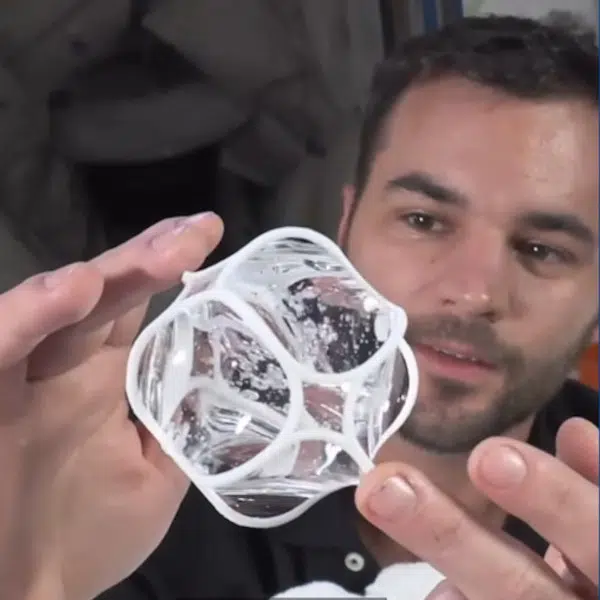
Photo: korzeniewski/Depositphotos
All languages have nuances. Though we may study grammar and vocabulary in school, languages are not set in stone—they are alive. It's this evolving quality that allows us to build new terms that best express our current reality or add new meanings to the words we already have. This mutation of speech goes even further, constructing new dialects as a result of an ever-changing society. One of the most interesting ones that has appeared lately hails from southern Florida, and its complexities have even caught the attention of experienced linguists.
This new language dialect has become known as “Miami English,” and has its origins in the unique Spanglish blend that permeates this area. For an area where 72.25% of the population is Latino and a lot of the people living there are bilingual, it's almost natural that a new way of speaking would emerge to reflect the worldview of its residents. Though there are other large Latino populations around the U.S., Miami English is highly influenced by the large population of Cubans who call Florida home.
While certain words are surely integrated in everyday speak, the key element to this dialect lays in the grammar and structure of phrases. As for Miami English, its speakers translate a sentence literally, keeping the way something is said in Spanish. For example rather than getting in line, Spanish speakers—and now, Miami English speakers—make the line, which comes from “hacer la fila.” Another example is how in Spanish, one is not married to someone but with (“con”) someone, making the phrase “married with” common place in southern Florida.
Of course, there's also an accent element to a dialect, and Miami English is no different. Linguist Philip Carter decided to study this, and found that, since Spanish has five vowel sounds, while most English have about 11, the more limited Spanish vowels influenced the pronunciation of English words in Miami, mostly among the Latino speakers. “With this study, we were able to say ‘For this group of people, the sound is produced with tongue down and forward,’” Carter explains.
For all the singular aspects of it, recognizing Miami English as a dialect of its own hopes to bring validation to those who have been looked down upon for speaking it. “People are really tired of being told that they’re wrong, and tired of being corrected,” Carter told The New York Times. “Those linguistic differences are a really important part of people’s identities.”
Miami English is a recent language dialect that has popped up in southern Florida, and its complexities have even caught the attention of experienced linguists.

Photo: kmiragaya/Depositphotos
It is highly influenced by Latino immigrants in Southern Florida, a testament to the ever-changing and alive nature of languages around the world.

Photo: ivosar/Depositphotos
h/t: [IFL Science]
Related Articles:
Simultaneous Face-to-Face Language Translation Will Be Offered at Tokyo Train Station This Fall
These Are the World’s Oldest Languages Still Spoken Today
Here’s How People Laugh Online in Different Languages
Listen to This English Accent Coach Do One Phrase in 20 Different Accents






















































































